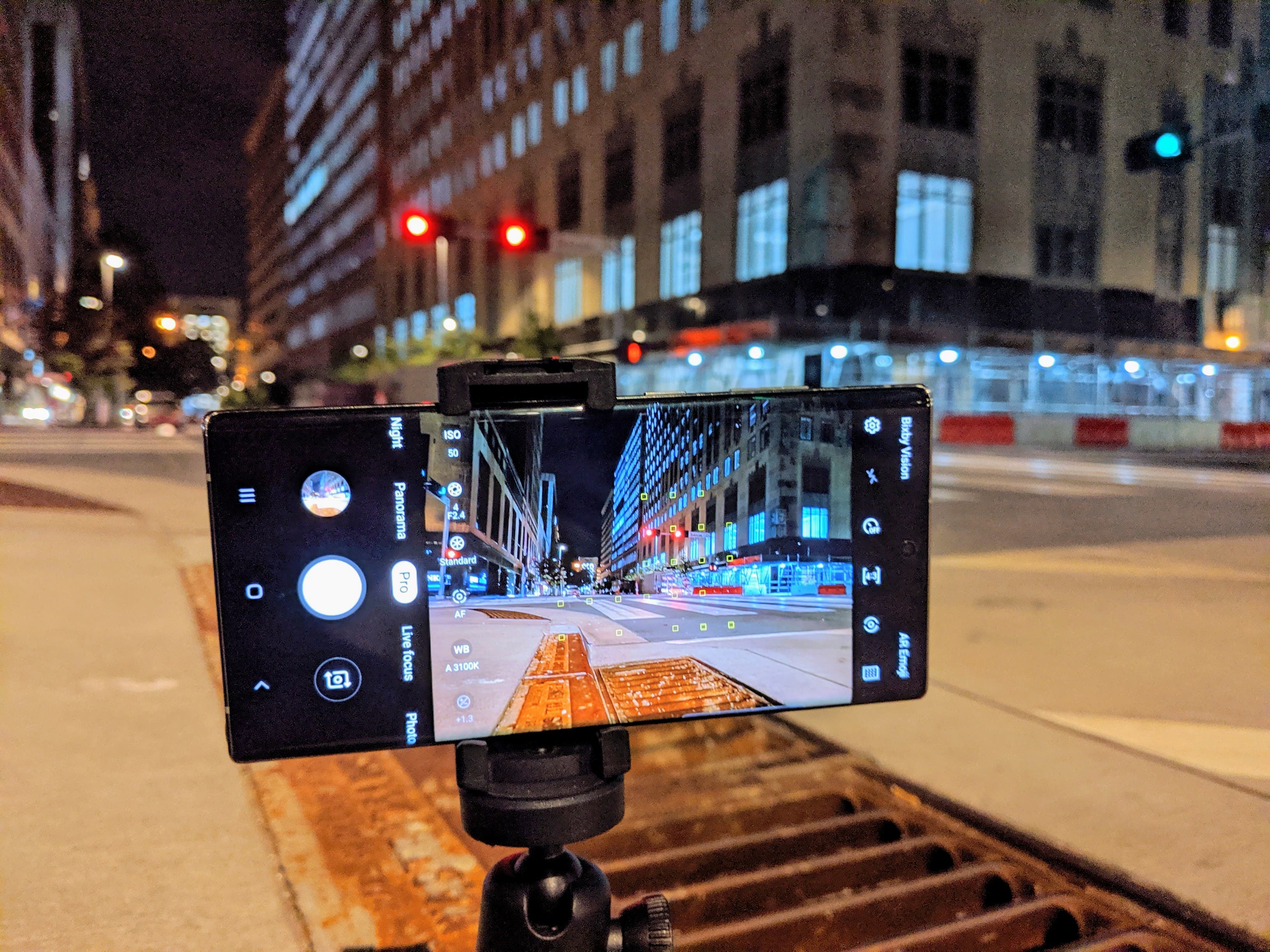Why the Police Have No Business Using Facial Recognition Tech

Facial recognition tech may be useful in the future, but it needs to come a long way before we put it in the hands of law enforcement.
Last week, The Verge reported on an incident involving a man from Detroit who was wrongly arrested for shoplifting in 2019. The article said that the Detroit police department had used facial recognition technology to help catch the “offender.” Charges were dropped, but the man is now suing the police department. It’s a terrible situation for all involved, but it does bring up an important topic to debate.
The World Is Changing Rapidly
The world is moving deeper and deeper into automation—automated design, automated labor, automated cars, and even automated photography. Machines are doing things that were once reserved for the human hand and mind.
Society was always going to use technology like facial recognition for more than allowing us to unlock our smartphones. So, when law enforcement became aware of the tech’s potential capabilities, it’s no surprise they thought it may help them catch potential criminals.
How Does Facial Recognition Tech Work?
In the case of the authorities, the process of using facial recognition tech goes like this.
They take an image, for example, from CCTV. They upload the image to a system containing thousands of images taken from documents like I.D. and drivers licenses. Then the system matches the face from the original image (CCTV) with an image in the system. From there, it provides a match, name, and identity of the individual. But there’s a major problem: the software isn’t accurate 100% of the time.
In 2021, CCTV cameras are still atrocious. My Commodore 64 offered more pixel density than today’s CCTV cameras.
In my book, this immediately renders it useless in regards to using it as part of an investigation. I have no problem with utilizing technology, but the technology has to be ready to be utilized. At this stage, it’s clearly not ready.
Being arrested can be an intimidating experience, especially when you’re innocent and haven’t committed a crime. The police should know better than to use something they’re aware isn’t robust enough to do the job properly.
And, yes, even humans make mistakes when identifying someone they think committed a crime. But at least police can cross-question humans, and sense doubt and uncertainty. With technology, it’s too easy to trust it.
…to me, this is just another sign of the arrogance of certain police departments who think they can do what they want when they want.
A Different Problem
And before facial recognition tech improves, there’s another problem that needs solving: CCTV. In 2021, CCTV cameras are still atrocious. My Commodore 64 offered more pixel density than today’s CCTV cameras. Look at any gas station, train station, or airport, and you’ll struggle to identify a person by looking at the CCTV footage. The whole technology needs a complete overhaul before considering using technology, systems, and databases to catch criminals.
Honestly, we’re decades away from even being close to being ready to use this kind of approach in law enforcement. And to me, this is just another sign of the arrogance of certain police departments who think they can do what they want when they want. They can’t, and we need to remind them of that.
What do you think? Is the world ready for this kind of technology to be in the hands of police? Or should law enforcement stay away from altogether?